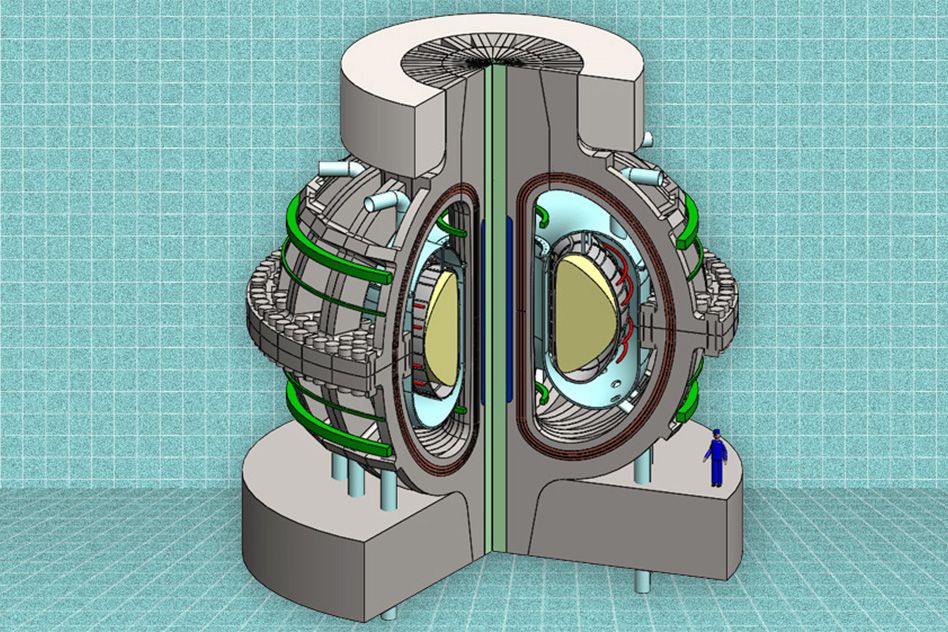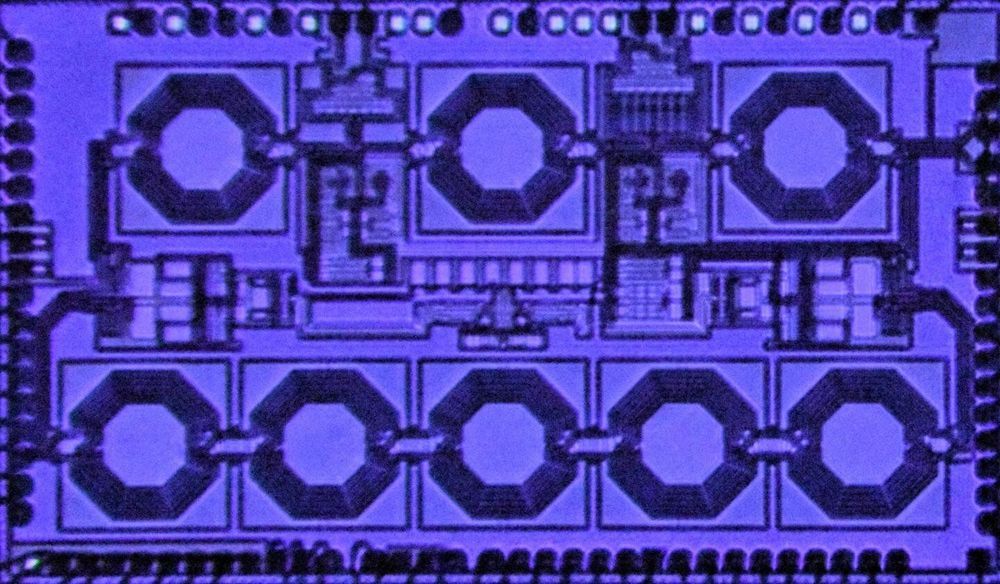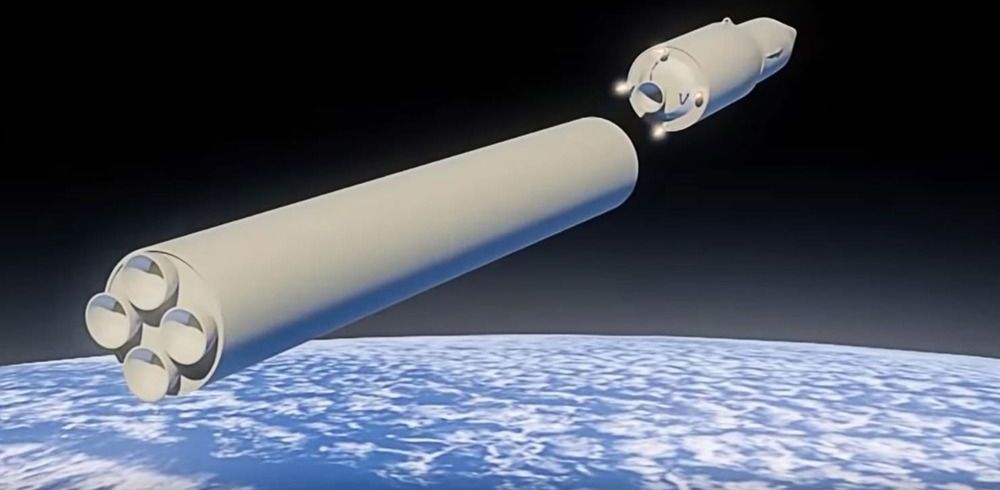Like Terminators, such drones may look like science fiction. But the U.S. Army has been working on a Cluster UAS Smart Munition for Missile Deployment which looks like a real-world embodiment of AFADS.
The Cluster Swarm project is developing a missile warhead to dispense a swarm of small drones that fan out to locate and destroy vehicles with explosively formed penetrators or EFPs. (An EFP spits a high-speed slug of armor-piercing metal some tens or hundreds of meters). This is similar in concept to the existing CBU-105 bomb, a 1000-pound munition which scatters forty ‘Skeet’ submunitions each over the target area, each of which parachutes down, scanning the ground with a seeker until it finds a tank and fires an EFP at it; the picture above shows one test. CBU-105’s dropped by B-52 bombers successfully knocked out entire Iraqi tank columns in 2003, leading them to be termed ‘Cans of whup-ass.’ The Cluster Swarm would be vastly more powerful.
The Cluster Swarm involved drones packed into the Army’s existing GMLRS rockets, which carry a 180-pound payload and have a range of over 70 kilometers, or ATACMS missiles that carry a 350-pound payload over 270 kilometers. The original idea was that the missile payload would be quadcopter drones encased in an aerodynamic shell that would disperse them over the target area. However, the challenges of unfolding quadcopters mid-air may have been too great, as the Phase II development, recently completed, went to AVID LLC, who have a slightly different approach.









